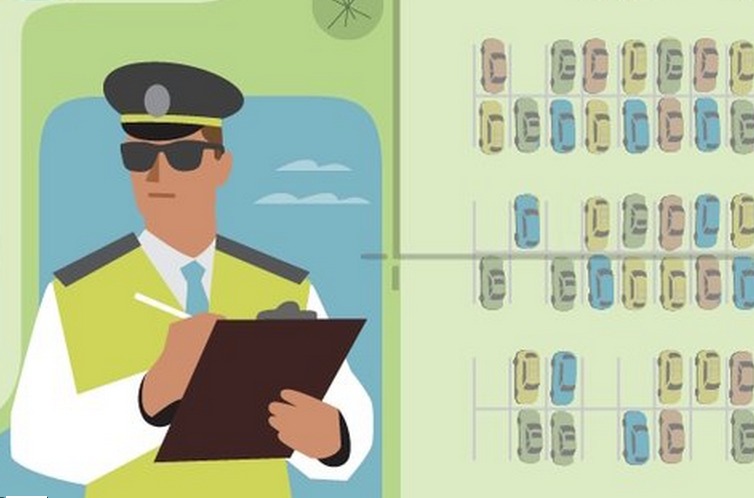Send your question to Umbra!
Q. Dear Umbra,
I know carbon offsets don’t give us a “free pass” to travel by car and plane and consume indiscriminately. However, I’d still like to offset the travel that I must do and would like to know what new or extant programs are best. Thanks for your advice.
Heather H.
Austin, Texas
A. Dearest Heather,
It must be Serious Issues Month here at Ask Umbra headquarters. First we had Fukushima, then GMO beets, then natural gas, now carbon offsets. We’re nearly done testing the fit of my thinking cap (still a bit snug around the temples), and I’m ready to go back to pondering flatulence and party balloons for a while. [Ed. note: She looks great in that thinking cap — send questions of all kinds!]
The basic idea behind carbon offsets, for those unfamiliar with the term, is that you spend money to make up for putting carbon into the atmosphere. Perhaps you have put this carbon into the atmosphere by flying to Ontario to see your great aunt, or perhaps you are a business that cranks out a lot of pollution. You have your reasons. Anyhow, the money you spend “offsets” your carbon belching by supporting projects that produce clean energy or reduce carbon in other ways.
So your investment — and it can be as little as $5 or so — might help build wind turbines, or capture methane from a landfill, or distribute solar cookers in a developing country. Or it might go toward land protection or reforestation. Or truck-stop electrification! You help a good project happen, ideally, and in theory that helps make up for your dirty deeds.
The concept has caught on: The voluntary market, which is the one you’d be participating in, raked in $523 million in 2012, according to Ecosystem Marketplace. (There’s also a government-regulated carbon market, which is a whole different beast.) But as I’ve said before, we should not make the mistake of thinking that offsets erase our emissions. In fact, some critics say offsets are nothing more than a way to relieve consumer guilt — a free pass, as you put it.
If you are sold on buying offsets, there are a few things to consider. One is whether you want to buy from a nonprofit or a for-profit company (see this handy index for more detail on various programs). You should also look closely at whether the projects in question are certified, where they are, and what tangible results are occurring or will occur. You might check out the Carbon Offset Research and Education site for information that is far more comprehensive than I can offer in this short space.
I’ll be frank with you, Heather: The world of carbon offsets is confusing. Some of the groups involved are well intentioned, others are less so. Even if you do lots of homework, you’re ultimately just putting your money out there and hoping for the best. So I have some other ideas for you. First, the best thing we can do when it comes to emissions is reduce our impact as much as possible. A few years ago, Nike made headlines by announcing that, instead of continuing to buy carbon offsets to make up for employee travel, it would (drumroll please) increase teleconferencing. So endeavor to fly and drive less. If you must drive, use a fuel-efficient car. If you must fly, try to support more efficient airlines.
Second, if you have money to donate, consider investing directly in renewable energy projects or environmental groups near you that are doing great things. A carbon offset is, at its core, a donation to a good cause. Why not eliminate the middle-person and support projects you feel confident about?
Finally, make sure you vote for candidates who support clean energy and climate progress, and urge your representatives to take action. I cannot stress this enough. All the carbon offsets in the world will not matter a hoot until we get the political gumption to make systemic change.
Cranially,
Umbra




